Ask any expert photographer and they’ll tell you sans hesitation that a good lens is crucial for capturing striking, memorable images.
It’s a no-brainer really.
While the body can add protection, it’s the lens that will make your photos reach their full potential.
In other words, the lens will shape the way you see the world through the viewfinder.
The lens of a camera has an inherent distorting quality, and you need to accept that before you can use it to capture spectacular images.
Contents
What Does the Camera Lens Do?
To truly understand a lens’ importance, let’s start at the beginning.
For one thing, it is NOT just a piece of round glass. It contains numerous elements or shaped pieces of glass that are designed to bend light in strategic ways. Each element has its function, but they work in conjunction to form a sharp image in the camera sensor.
The lens of a camera only has one job – to focus light on the camera sensor. Even though it sounds straightforward, a lot of work goes into the design to ensure that light falls in precisely the right way. The thing is that the lens cannot be sharp in a single place only. If you want the image to be as clear or sharp as possible right to the corners of the frame, then the lens will have to be experimented with.
This is where a zoom lens should prove effective. However, even if you use one, you still need to make sure that beams of light fall on exact spots on the imaging sensor. Moreover, it also has to give you multiple focal length options.
What is Focal Length?
You may have heard this word tossed about a lot, but what does ‘focal length’ actually mean? Rather than looking up the overly complex definition online, let me break this down for you. The focal length of a camera lens is simply the distance, in millimeters, between the actual glass lens element and the image sensor inside the body of your camera.
The focal length of the lens determines how wide the field of view is or how wide the lens is.
Lenses that have low focal lengths are called wide-angle lenses because of the wide-angle field of view while those that have longer focal lengths create a narrower angle of view and are called telephoto lenses.
What Do Those Symbols on my Camera Lens Mean?
Aside from focal length, you will find other symbols on a camera lens that may confuse you at first. Some of these lens markings will vary slightly from manufacturer to manufacturer, be here is what the common ones mean:
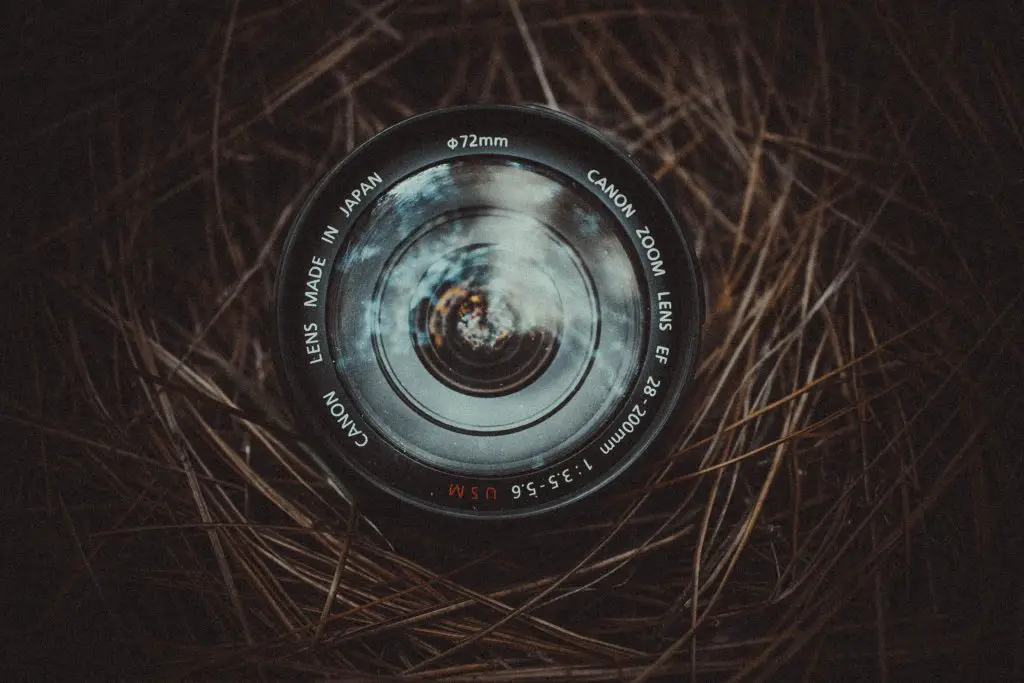
∞ to 0.5m – This symbol describes the operating range of the lens. In other words, it tells you how far the lens can focus in feet and meters.
Ø – This symbol is often accompanied by a number in mm, and it depicts the diameter of the front of the lens. This is important information since it can help you determine the size of the screw-in filters you should get.
VR or IS – This is known as Vibration Reduction or Image Stabilization, and it shows that the lens you have has a ‘floating’ element. In other words, the lens senses camera movements and attempts to move the floating lens to counteract that movement so that you get stable rather than blurry images.
ASP – This means Aspherical, and it is mentioned on some lenses that have a built-in lens that is not circular. This means that the lens can decrease aberrations, but you may not need a lens that has this.
CRC – This symbol stands for Close-Range Correction, and it means that the lens is designed to capture sharper images with a shorter focus. Go for a lens that has this feature if you plan on photographing nature such as bugs, flowers, the dewdrops of a leaf, etc. However, do your research on such lenses before choosing one. Several macro photography options in the market give varying results.
SWM, USM or USD – A Silent Wave Motor, Ultra Sonic Motor or Ultrasonic Silent Drive are just that – motors that are powered by ultrasonic vibrations. A lens that has one of these symbols on it is quieter as well as faster than those that don’t, which makes it a great option for bird watchers and photographers who don’t want their subjects flying off or if you dabble in DSLR video recording.
EF-S (Canon), DX(Nikon), etc.– These are lens mount designators. Lenses that have these symbols are made for cameras with an APS-C or “crop sensor” and are smaller and lighter as well. However, these cannot be used in full-frame sensors because this lens can go too far into the body of the camera and block the mirror.
Again, besides the aforementioned specifications, some lenses may have other markings depending on the brand they belong to. For example, a Canon lens may have a large, red L while Sigma marks its lenses with Art. Those abbreviations may sound expensive, but they may not give the photographer any value.
What Are the Different Types of Camera Lenses?
There are many different camera lens types out there that are designed for various uses. To make your search easier, I grouped some common ones here:
Zoom Lens
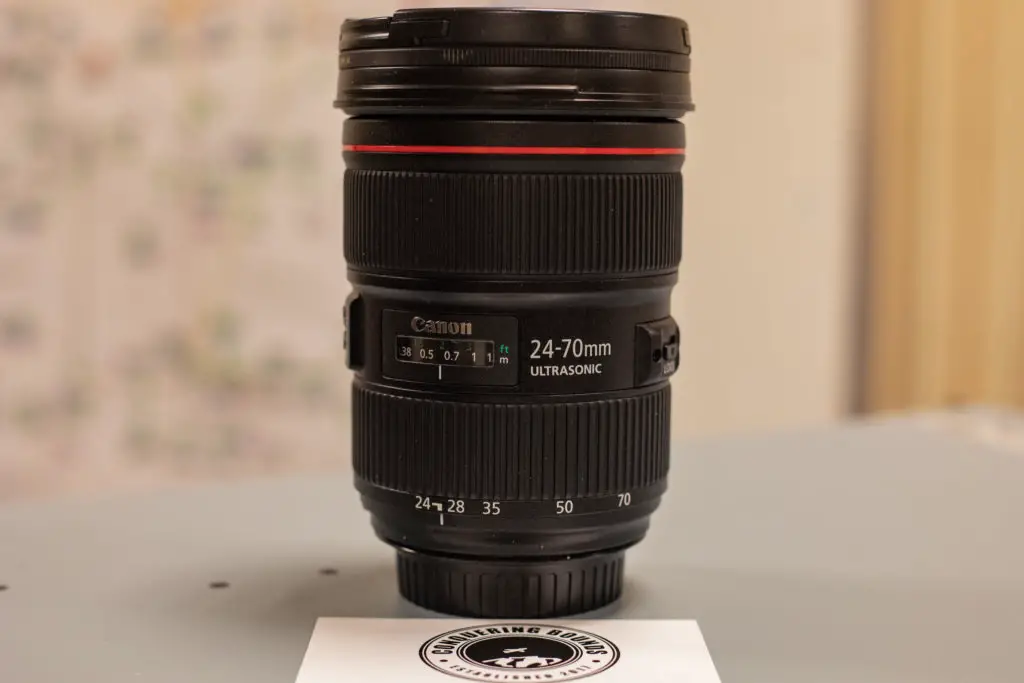
Common standard zoom lens ranges 18-55mm, 24-70mm, 24-105mm, 24-135mm, etc.
Zoom lenses offer a variety of different focal lengths based on their needs giving you great shooting versatility. This lens comes with most camera kits out of the box and for good reason. These zoom lenses will allow you to cover a lot of distance between you and your subject allowing you to capture many different types of shots.
This lens will be the one most frequently attached to your camera. As I stated earlier, this type of lens can capture a wide range of shot types from everyday candid shots all the way to wedding photos.
My favorite standard zoom lens is the Canon 24-70mm f/2.8.
Prime Lens
Prime lens focal lengths: 24mm, 28mm, 35mm, 40mm, 50mm…800mm.
Prime lenses come in many focal lengths. Prime lenses have the unique quality of having only one focal length available. Since you do not have the ability to zoom in to your subject, then your legs become your method of zooming in. Prime lenses are great in low light because of wide apertures available in them. Prime “fast” lenses are cheaper in comparison to “fast” fixed aperture zoom lenses.
This lens has a wide aperture and can be used to focus closely on a subject, which makes it ideal for street photography. You can expand the aperture or reduce it to capture more details. The result? More images that can help you create evocative images.
The 35mm is a popular prime because it is the closest focal range to the human eye, so images appear more natural to the viewer. In other words, with this lens, you can capture images that look natural to the viewer rather than embellished.
My favorite prime lenses are the Canon 50mm f/1.8 and the Sigma 85mm f/1.4 Art.
Macro Lens
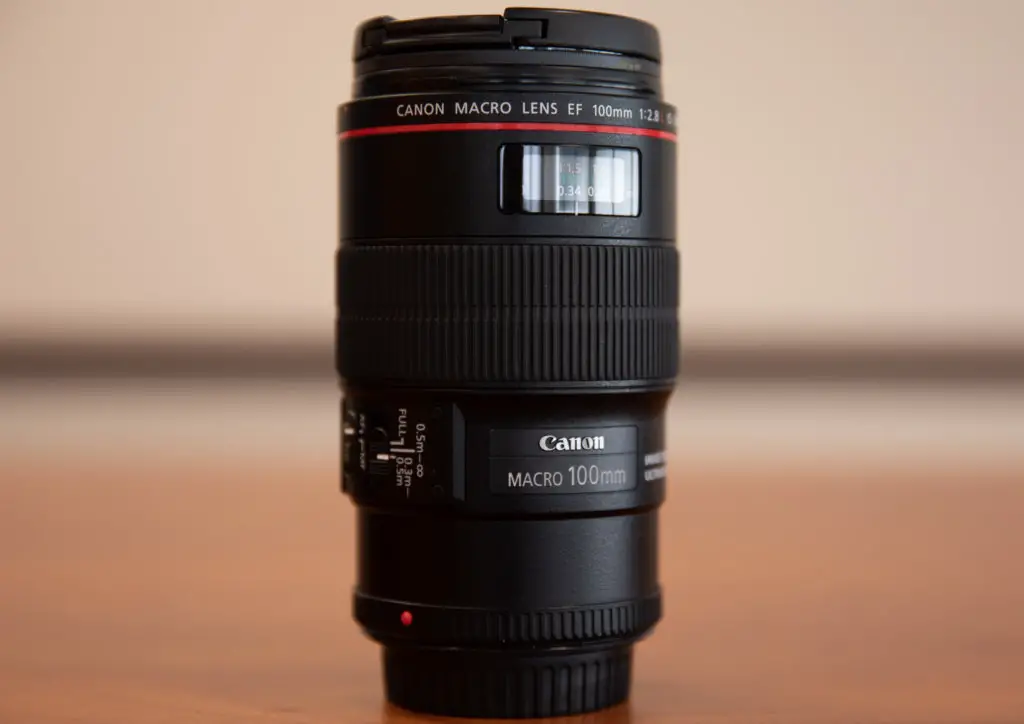
Macro lenses will have a “macro” label on the lens. These will be found on zoom and prime (fixed focal length) lenses. A macro lens typically yields better results as a prime lens because of the 1:1 magnification ratio.
A macro lens is designed to capture images close-up. While most normal lenses afford you a minimum focusing distance of a few feet, macro lenses allow you to get as close to 12 inches or less to get a close, sharp image. This lens opens up a whole new world of subjects that we do not get to see every day. For an example of amazing macro work, check out Don Komarechka’s snowflakes.
The typical subjects for photographers who use this lens include small animals, insects, plants, and minuscule details that can provide a detailed picture of hidden beauty.
My favorite macro lens is Canon’s 100mm f/2.8L Macro.
Telephoto Lens
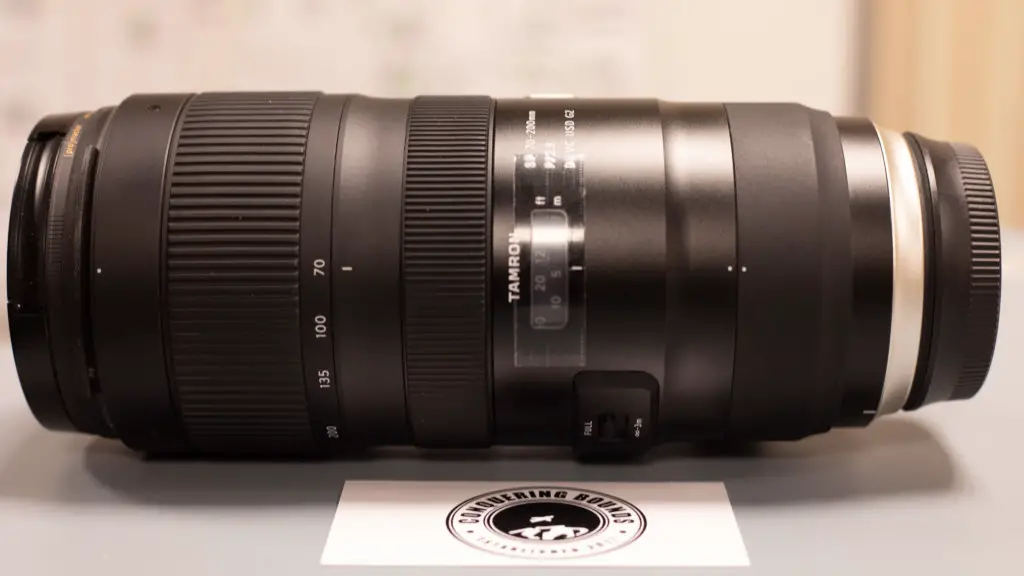
The telephoto lens focal length range is from 70mm – 300mm.
A telephoto lens is perfect for photographers who want to capture a subject over a greater distance. These lenses are longer and bit beefier in construction due to all the internal elements needed to cover the focal distance. A telephoto is the lens of choice for sports and wildlife photographers because they cannot get close to their subjects otherwise.
Telephoto lenses are also ideal for capturing portraits. These lenses create stunning portrait images due to their ability to “compress” the subject and the background making the two seem closer together. The result is usually beautifully blurred backgrounds where the subject pops off the image.
My favorite telephoto lens is the Tamron SP 70-200mm f/2.8 G2.
Wide Angle
A wide-angle lens will fall in the 16mm – 35mm range.
Have you ever wanted to capture a landscape in all its beauty but the crappy camera on your phone failed to do it justice? You need a wide-angle lens to capture all of those details. These lenses allow the camera to capture large view angles i.e. it allows photographers to fit a large scene into a single frame without blurring the details.
Some people compare this lens with a fisheye lens but it is not as wide in comparison. Moreover, you may get some distortion. Wide-angle lenses are typically used in landscape, architecture and real estate photography. This lens is very useful when you do not have much space to back up and get your subject in the frame, i.e. taking a photo of a room or a building on a narrow street.
My favorite wide-angle lens is the Tamron 15-30mm f/2.8
Fisheye Lenses
The fisheye lens will be on the extreme wide end of the focal range from 8-15mm.
As mentioned before, a fish-eye lens is like a wide-angle lens but a lot bigger. Using extreme distortion, this lens can create images with unique perspectives, which only a seasoned photographer may be able to pull off.
Fisheye lens images are very identifiable. The signature circular distortion this lens produces creates some of the more visually striking images. With the widest angle of view and a little creativity, you can produce unique frames.
A fisheye lens takes this further, which makes them ideal for capturing images of surfers, skateboarders, etc. The distortion it provides gives the images a dynamic look that pops.
How Can I Get The Most Out of My Camera Lens?
As a beginner, you should start with the standard lens when you wish to start on your photographic journey. These are not as expensive as the specialist ones and are fairly easy to understand. That being said, here are some tips you can use to make the best of the lens you add to your camera:
Go Wide
When you put your face close to someone else’s, you will notice their features such as their nose, which will appear huge. This isn’t a distortion of your perspective as much as it is your eyes adjusting to objects that are much closer than the background. No, this doesn’t mean that you need to come that close to your subject with the camera and start shooting. The exaggerated scale can be achieved with a normal lens that is focused to close in on a feature.
You can do this using a wide-angle lens and still get enough details from the background elements to capture a compelling image. Wildlife photographers often use this tip by making use of objects in the foreground such as a damaged boulder, a bare shrub, etc. This helps them to solidify composition and create depth, which gives the image an almost 3D effect.
Make Use of Distance
Take a telephoto lens and focus it on a distant and large object such as a mountain or a fallen tree and take the shot. After that, use a normal focal length and shoot again without moving the camera. When you are editing the image on your PC, exaggerate the detail in the background of the image that you took from the first lens. The image will look the same or have the same perspective as the shot you took from the second lens.
This will make the image seem more compressed than it is. The effect is not necessarily the result of focal length as much as it is produced by distance. It’s how our eyes perceive things that are far off; we just don’t pay much attention to this ability. You can use this tip to capture this perspective without making the picture bigger, which can ruin its quality. You can also use it to capture portraits without exaggerating features to make the image stand out.
Zoom In Slowly
The zoom lens can be your enemy or an asset depending on how you use it. While it can help you alter focal lengths without needing to change the lens, it can make you lax and lazy. After all, if you can zoom in on a distant object without moving, why would you want to go all the way over to it to capture the same image?
Unfortunately, most novices make that mistake. If you want to capture a unique or different perspective of your subject, you have to get up close and personal to it. Plus, you cannot keep relying on the zoom lens either. It does not allow in much light, which makes it slower than prime lenses.


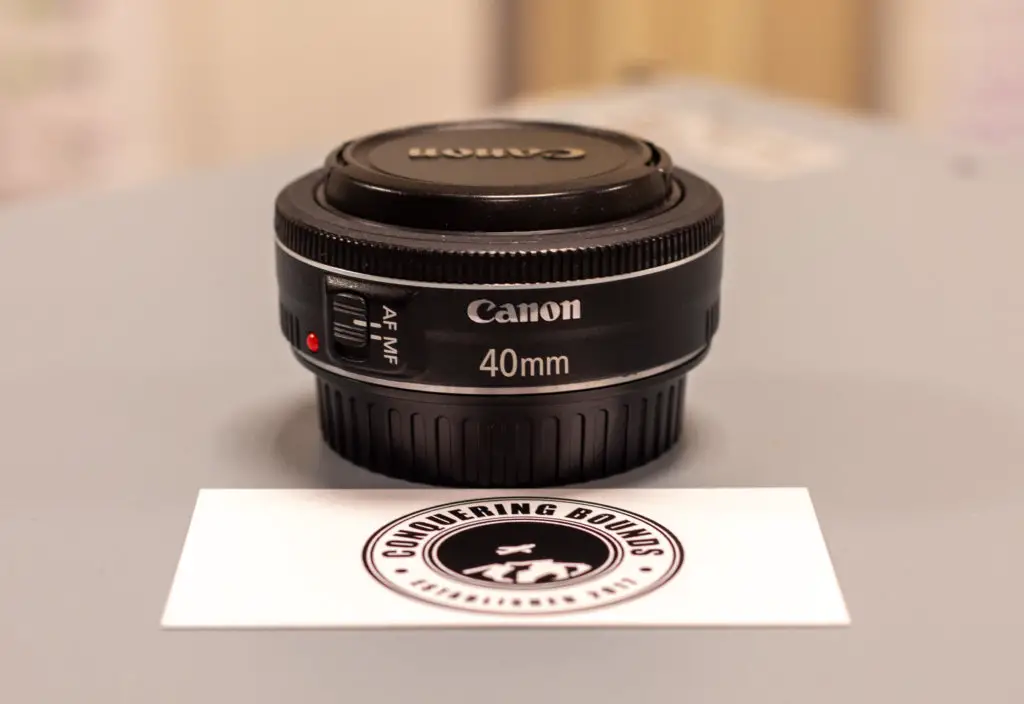

Leave a Reply